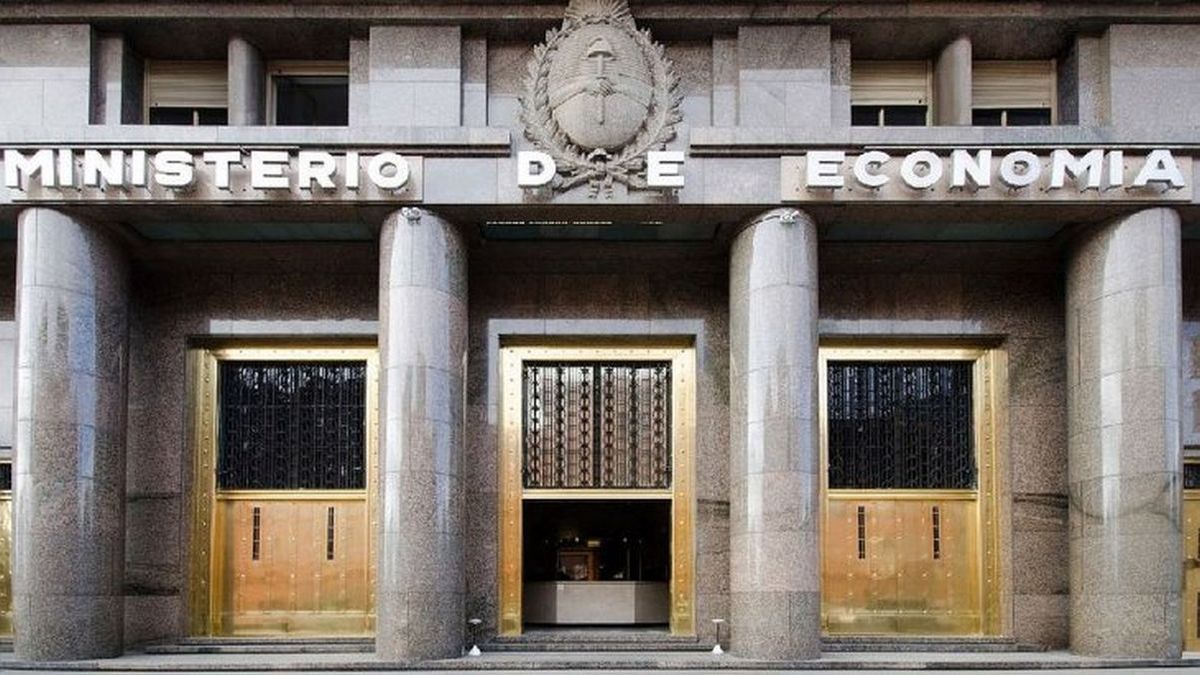From the monetary point of view, Argentina has the serious problem of having issued too many pesos to finance fiscal deficit, money that is now left over and that in the opinion of some analysts may be the weakest leg of the Government’s economic program.
According to the former vice president of Gustavo Cañonero Central Bank, The Argentine economy has pesos left over for the equivalent of US$100 billion, which are now all contained in government debt bonds.
“The excess pesos in Argentina is what was behind the great fragility of the situation”, Cañonero explained during his presentation within the framework of the Monetary and Banking Conferences at the Libertad Palace.
The number that the economist arrived at starts from add remunerated liabilities of the Central Bank plus the public sector debt in pesos and subtract from this the net reserves of the BCRA. “It is a kind of convertibility equation,” Cañonero explained.
To illustrate, he explained that given a similar financial situation in the country in 2015, the surplus pesos at that time amounted to US$50,000 million at the official exchange rate.
“That value in October and November 2023 was double, about US$100,000 million.”which I am actually underestimating because if one includes in history the excess debt with importers we are talking about US$130,000 million equivalent that “They are 24 points of GDP,” explained.
Stock, an unsolved problem
That is why he considered that solving the problem of excess pesos “It is the great Argentine challenge,” since in his opinion “the fiscal adjustment resolves only the flux and disaster of recent years remains in the stock.”
In this regard, Cañonero also presented the valuation of the supposed excess of national currency at the free exchange rate (blue) in historical terms. “The same measure valued at the parallel exchange rate, in a long historical series indicates that only starting in 2011 did there begin to be excess pesos”he explained.
The economist said that “this is worrying since if one wants to have a stability program, this (the excess pesos) has to be relevant in the process of designing a program.”
Beyond the fact that the Government has managed with its measures to compress the exchange gap and increase the public’s demand for pesos through credit, with a rate increase, Cañonero considered the stock problem is not resolved.
“In terms of stock We still have a big problem with excess weight. At the parallel exchange rate they are US$85,000 million. What one expects the Government to do is strengthen the genuine demand for pesos,” explained the professional.
Cañonero indicated that “there is a “The Government’s effort to extend the term of the debt and this is key.” “We must try to prevent maturities from accumulating in the short term. Of the US$100,000 million, some US$20,000 million are already more than 12 months old and that process is just beginning,” he explained.
Source: Ambito
I am a 24-year-old writer and journalist who has been working in the news industry for the past two years. I write primarily about market news, so if you’re looking for insights into what’s going on in the stock market or economic indicators, you’ve come to the right place. I also dabble in writing articles on lifestyle trends and pop culture news.




